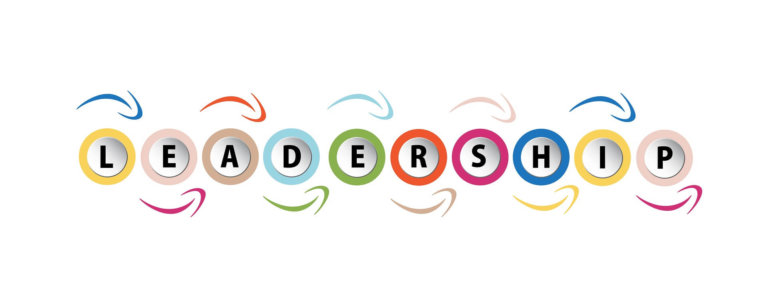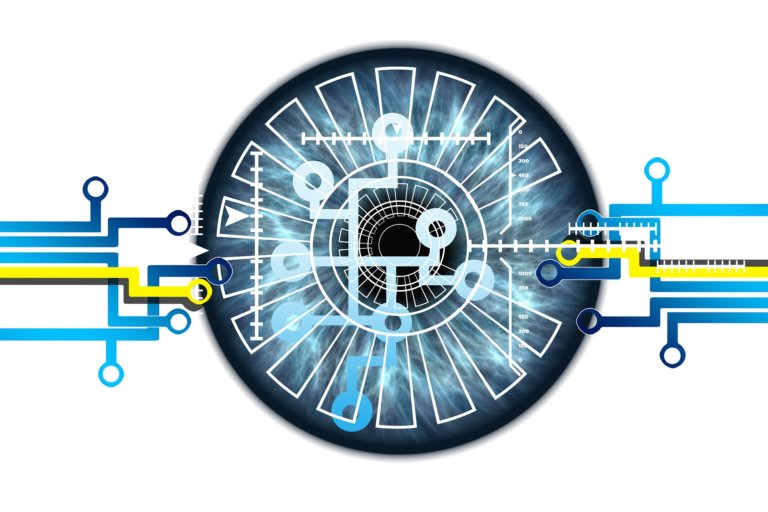[vc_row][vc_column][vc_column_text]
As consumers become more informed and discerning, the demand for brand transparency is intensifying, especially in the Consumer Packaged Goods (CPG) industry.
People want to understand where their products come from, how they are made, and whether the practices behind them align with their personal values.
This shift is pushing CPG companies to rethink how they manage and communicate their supply chains, transforming brand transparency into a strategic imperative.
However, this transformation isn’t just a matter of compliance or ethical responsibility—it’s also about enhancing the customer experience.
In a world where trust is increasingly hard to earn, brands that offer clear, detailed insights into their supply chains stand to build deeper loyalty and gain a competitive edge.
Transparency can no longer be viewed as a back-end operational detail; it’s becoming a vital part of how customers engage with and perceive a brand.
If you prefer to listen rather than read, click below.
The Rise of Consumer Demand for Supply Chain and Brand Transparency
Today’s consumers are more educated, connected, and value-driven than ever before.
With the click of a button, they can access vast amounts of information about products and companies, making them more aware of ethical issues such as environmental sustainability, labour practices, and product sourcing.
Millennials and Gen Z consumers, in particular, place a high value on buying from companies that are aligned with their beliefs.
A survey conducted by IBM found that nearly 80% of consumers say sustainability is important to them, and 57% are willing to change their purchasing habits to reduce environmental impact(BCG Global).
This trend has been amplified by the COVID-19 pandemic, which highlighted vulnerabilities in global supply chains and made consumers even more conscious of the origins and safety of their products.
For CPG companies, this means that transparency is no longer optional—it’s essential.
Brands that are unable or unwilling to provide clear, detailed information about their supply chains risk losing customers to more transparent competitors.
Supply Chain and Brand Transparency as a Customer Experience Driver
While supply chains were once viewed solely as operational concerns, they have now become integral to customer experience.
When a brand is transparent about its supply chain, it sends a message of trust, integrity, and accountability. This, in turn, enhances the overall brand perception and drives customer loyalty.
For example, consider the food and beverage sector, where consumers increasingly want to know whether the ingredients in their products are locally sourced, organic, or produced with ethical labor practices.
Brands like Patagonia and Ben & Jerry’s have built a loyal customer base by openly sharing their supply chain practices and commitments to sustainability.
Transparency creates a compelling narrative that customers can connect with, turning a purchase into a partnership.
The Role of Technology in Enhancing Supply Chain and Brand Transparency
Delivering on the promise of transparency requires more than just good intentions—it demands innovative technology solutions that allow CPG companies to track, verify, and communicate supply chain data to consumers in real time.
Advancements in blockchain, AI, and the Internet of Things (IoT) technology are revolutionising how companies manage and monitor their supply chains, making it easier to provide accurate and up-to-date information.
1. Blockchain for Traceability and Trust: Blockchain technology is particularly well-suited for supply chain transparency because it creates an immutable ledger of every transaction or change in the supply chain.
For CPG companies, blockchain can offer verifiable proof that products are sustainably sourced or ethically produced. Blockchain also reduces the risk of fraud, counterfeiting, and misinformation, making it a powerful tool for building trust with customers.
One example is Walmart’s blockchain initiative in collaboration with IBM, which helps track food products from farm to shelf. This ensures that customers can access detailed information about the origin of their food with a simple barcode scan.
As consumers demand more transparency, blockchain solutions are becoming critical tools in demonstrating the authenticity and integrity of supply chains.
2. AI for Predictive Analytics and Risk Management: Artificial Intelligence (AI) is another key technology in supply chain transparency.
AI-powered analytics can predict potential risks in the supply chain, such as delays or disruptions, allowing companies to act proactively.
For customers, this means more reliable products and services, and for CPG companies, it allows for better communication of potential issues in real-time.
AI can also analyse complex data sets to highlight inefficiencies or unethical practices within supply chains, helping companies to make more ethical and sustainable decisions.
With AI-driven insights, CPG companies can not only meet regulatory requirements but also respond to customer concerns more swiftly and transparently.
3. IoT for Real-Time Tracking: IoT devices—such as sensors on transportation vehicles, factory equipment, or even product packaging—can provide real-time updates on product location, condition, and quality.
In the food industry, for example, IoT sensors can monitor the temperature and freshness of perishable goods throughout the supply chain. This data can then be made available to customers, giving them confidence in the quality and safety of their purchases.
Imagine buying a pack of organic vegetables and being able to access detailed information about the farm they came from, the time they spent in transit, and even the environmental impact of the shipping process.
With IoT, this level of transparency is now possible, and it offers a significant advantage to brands that want to position themselves as leaders in transparency and customer care.
The Customer-Centric Approach to Transparency
While technology is a key enabler, true transparency is not just about adopting the latest tools—it’s about fostering a customer-first mindset throughout the organization. This means that every decision, from product design to supplier selection, should be made with the customer’s values and concerns in mind.
How can CPG companies make transparency customer-centric?
1. Engage Customers in the Process: Customers today want to feel involved in the journey of their products. By actively engaging customers in your transparency efforts, you can turn them into advocates for your brand.
This can be done by sharing behind-the-scenes content, offering interactive tools for customers to trace the origin of products, or even involving them in decisions about future products and supply chain practices.
One brand that has done this well is Everlane, a clothing company that promotes “radical transparency” by providing detailed cost breakdowns for each product and information about the factories where the clothes are made.
By involving customers in this level of detail, Everlane fosters a strong connection between the consumer and the brand’s ethical mission.
2. Be Honest About Challenges: Transparency isn’t just about sharing the good news—it’s about being honest when things go wrong.
If there are disruptions in your supply chain or if certain practices need improvement, customers will appreciate transparency about the challenges you face.
In fact, owning up to issues and communicating them openly can actually increase customer trust.
For example, if a product recall is necessary, rather than just issuing a vague statement, brands that explain the cause and the steps being taken to prevent future issues are more likely to retain customer loyalty.
Transparency builds credibility, and honesty in tough times can transform a negative experience into an opportunity for deeper customer engagement.
3. Leverage Sustainability as a Core Component: For many consumers, supply chain transparency is closely linked to sustainability. They want to know that the products they purchase are made in a way that respects the environment and the people involved in their production.
By aligning transparency efforts with sustainability goals, CPG companies can create a compelling narrative that resonates with customers.
Take Unilever’s Sustainable Living Plan as an example. The company has committed to making its entire supply chain sustainable by sourcing raw materials ethically and minimizing environmental impact. They communicate these efforts transparently to consumers, which has helped build trust and loyalty among eco-conscious customers.
Challenges in Implementing Supply Chain and Brand Transparency
While the benefits of supply chain transparency are clear, implementing it effectively is no easy task. CPG companies face several challenges, including:
- Complexity of Global Supply Chains: Many CPG companies operate complex global supply chains involving multiple suppliers, manufacturers, and logistics providers. Tracking and verifying information across such a vast network can be incredibly challenging.
- Cost and Technology Adoption: Investing in technologies like blockchain, AI, and IoT can be expensive, and not all companies have the resources to implement these solutions at scale. Furthermore, some smaller suppliers may not have the infrastructure to support transparent practices, creating gaps in the data.
- Regulatory and Compliance Issues: Different countries have varying regulations regarding supply chain transparency and sustainability practices. Navigating these regulations while maintaining consistency across global operations can be difficult.
Despite these challenges, companies that are able to overcome them will position themselves as leaders in the industry, with a competitive edge that will be hard for others to replicate.
Turning Brand Transparency Into a Competitive Advantage
Supply chain and brand transparency is no longer just an operational issue—it’s a core part of customer experience and differentiation in the CPG industry.
As consumers become more informed and value-driven, they expect the brands they support to be transparent about their practices. By embracing technologies like blockchain, AI, and IoT, CPG companies can meet these expectations and turn brand transparency into a competitive advantage.
But technology alone is not enough.
True transparency requires a customer-first approach that prioritises honesty, engagement, and sustainability.
Brands that succeed in this area will not only build trust and loyalty but also set the standard for what it means to be a responsible, customer-led company in the 21st century.
The future of supply chain and brand transparency in CPG is bright, and the companies that act now will lead the way forward.
If you’d like some fresh ideas about implementing Quantum Customer Centricity (QC2) strategies into your own organisation call me. You’ll come away with at least three ideas you can immediately action to improve your growth and profitability.

[/vc_column_text][/vc_column][/vc_row][vc_row css=”.vc_custom_1755658050334{padding-top: 5px !important;padding-right: 5px !important;padding-bottom: 35px !important;padding-left: 5px !important;background-color: #F2F2F2 !important;}”][vc_column width=”1/2″][vc_custom_heading text=”2025 Consumer trends” font_container=”tag:h3|text_align:left|color:%231E73BE” use_theme_fonts=”yes” css=”” link=”url:https%3A%2F%2Fc3centricity.com%2Fconsumer-trends-2025-cpg-playbook%2F”][/vc_column][vc_column width=”1/2″][vc_custom_heading text=”Mission statement” font_container=”tag:h3|text_align:right|color:%231E73BE” use_theme_fonts=”yes” css=”” link=”url:https%3A%2F%2Fc3centricity.com%2Ftag%2Fcustomer-centric-mission-statement-examples%2F”][/vc_column][/vc_row]







